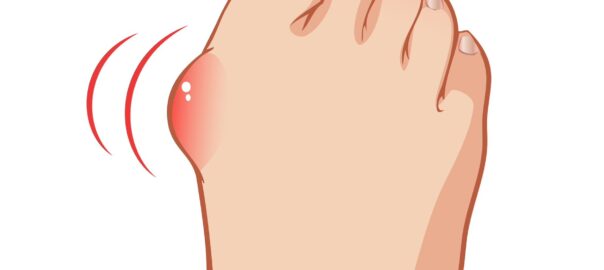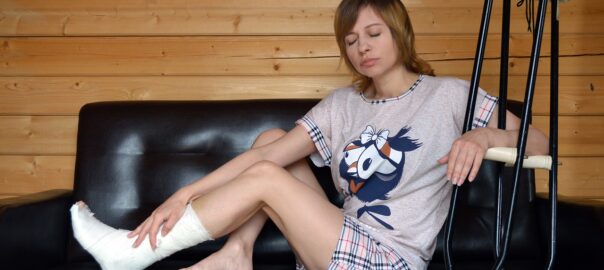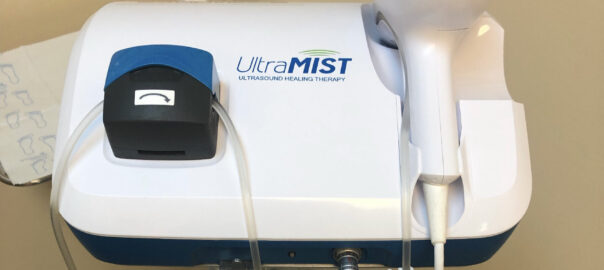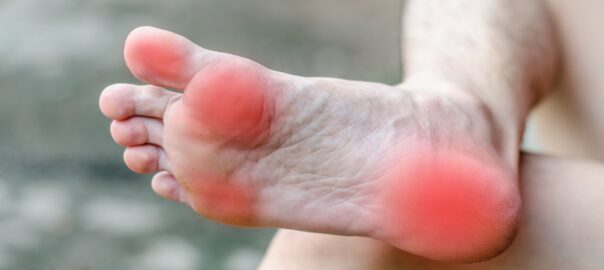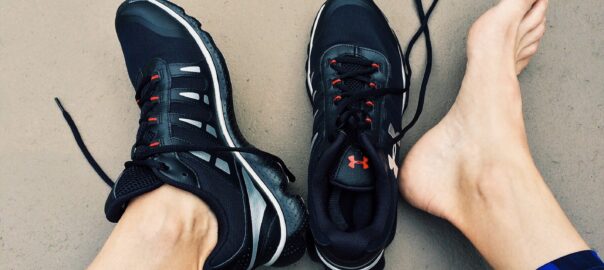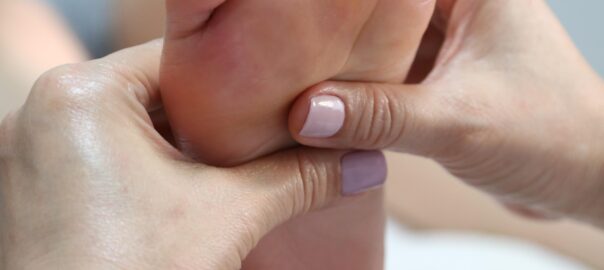Bunions. Symptoms and Causes
A bunion is a bony bump that forms on the joint at the base of the big toe. It is a common foot problem that affects people of all ages, but it is most commonly seen in women and older adults. Bunions can be painful and limit mobility, making it difficult to wear certain types of shoes or participate in certain activities.
Symptoms of a bunion include:
- A bulging bump on the base of the big toe.
- Pain and tenderness in the affected area.
- Swelling or redness around the big toe joint.
- Stiffness in the big toe joint.
- Corns or calluses on the bump or on the second toe due to friction from shoes.
- Limited movement of the big toe.
The exact cause of bunions is not known, but several factors may contribute to their development. These include:
- Genetics: A tendency to develop bunions can be inherited.
- Foot structure: Abnormal foot structure, such as flat feet or low arches, can lead to bunions.
- Foot injuries: Injuries to the foot can cause the bones to shift and contribute to bunion development.
- Footwear: Tight, narrow, or high-heeled shoes can put pressure on the toes and contribute to bunion formation.
- Arthritis: Certain types of arthritis can cause inflammation in the joints and contribute to the development of bunions.
If you suspect you have a bunion, it is important to see a healthcare professional for proper diagnosis and treatment. Treatment options may include changes in footwear, padding and taping, medication, physical therapy, or surgery.
Podiatrists at European Foot & Ankle clinic provide minimally invasive bunion surgery.
Call to schedule an appointment for any our Chicago podiatry offices: 773-205-0106
Lear more: https://europeanfootandankleclinic.com/service/minimally-invasive-bunion-surgery-treatment


